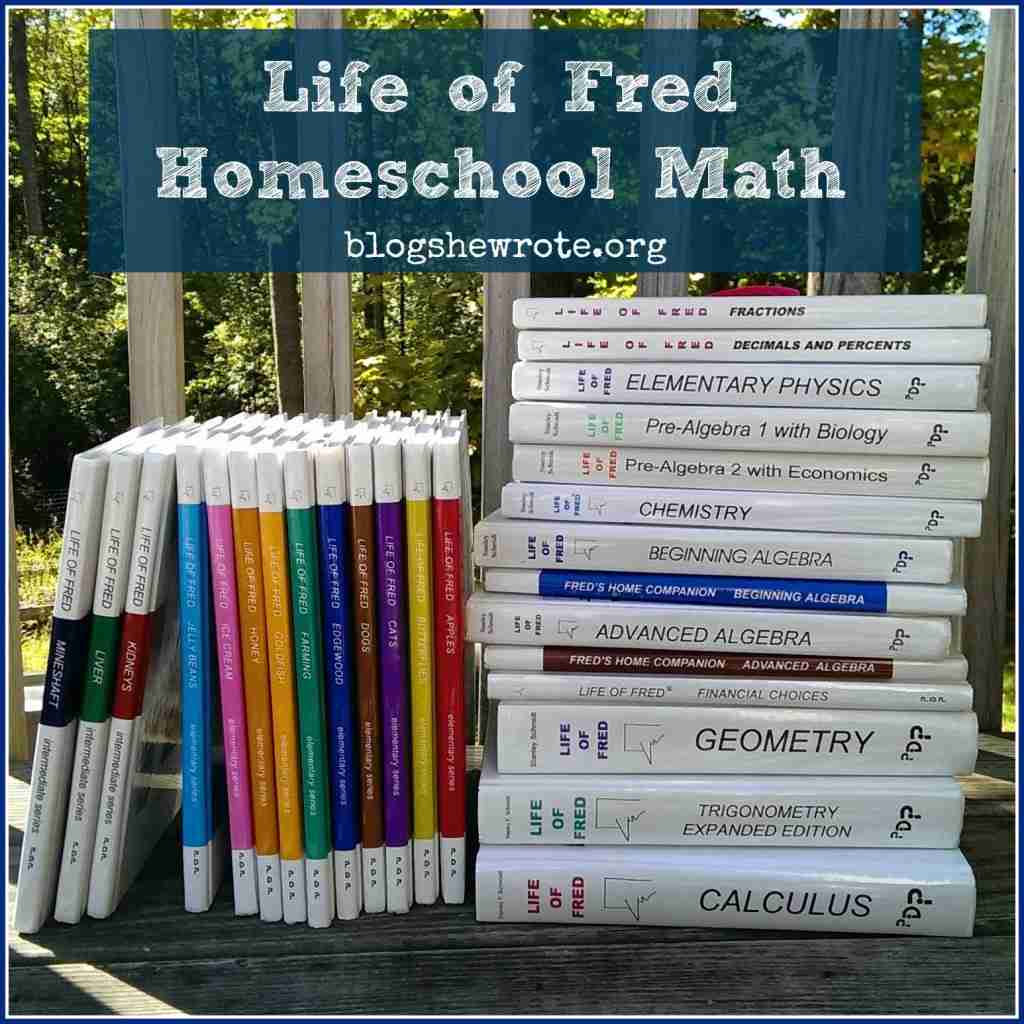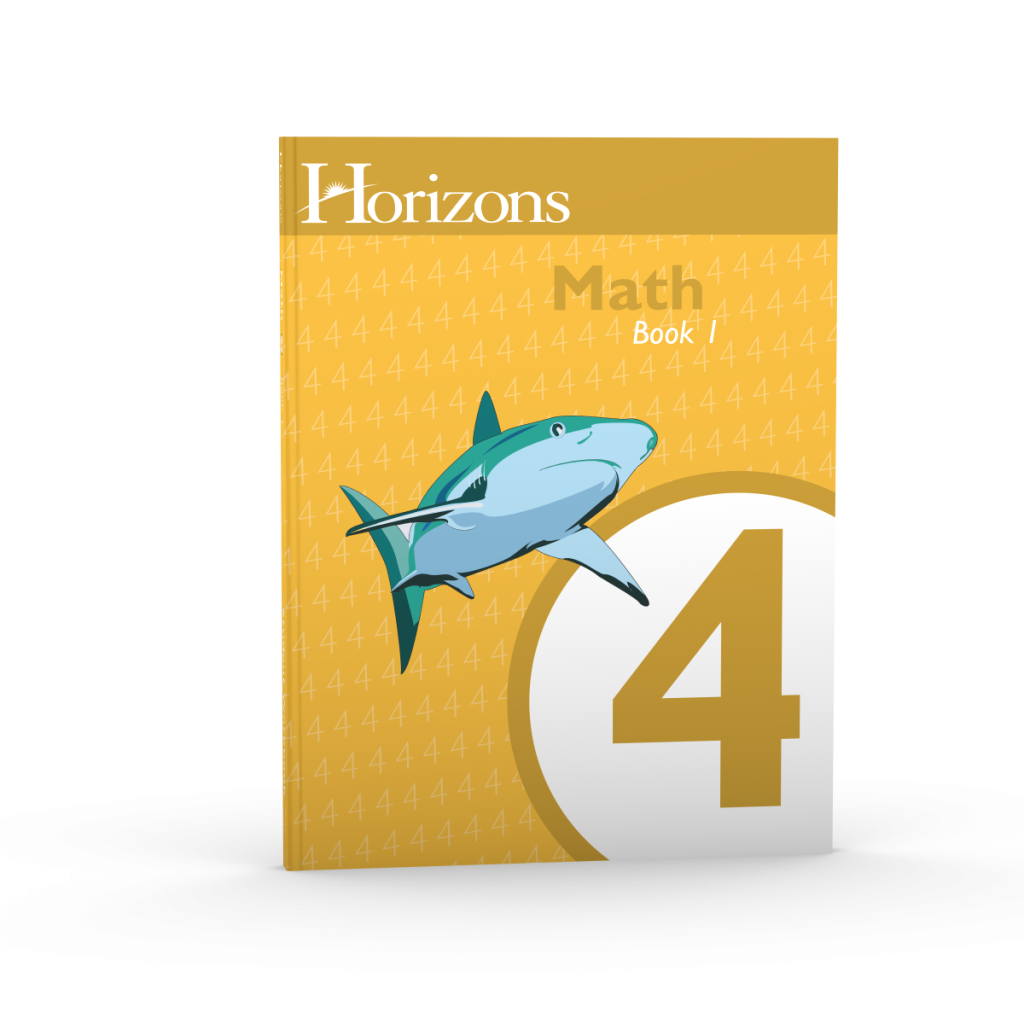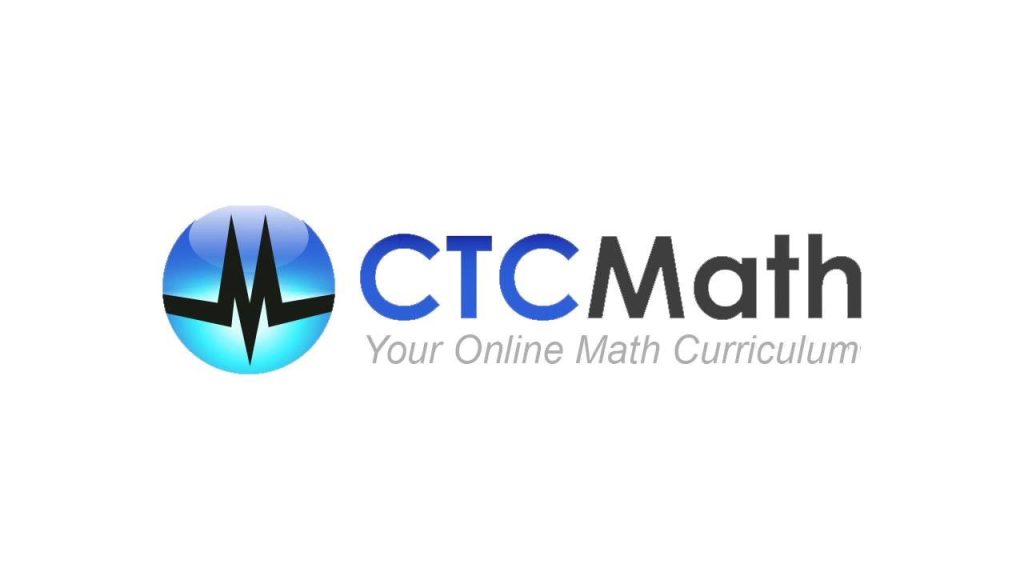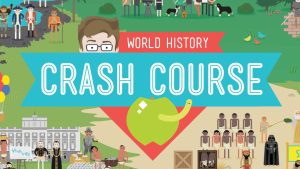Are you overwhelmed by the endless options for homeschool math programs? Trust me, you’re not alone! This comprehensive guide will explore the top math programs that have proven their worth in home classrooms nationwide. Whether your child is a visual learner who needs hands-on activities, an independent worker who thrives with online instruction, or somewhere in between, you’ll find options to transform your home school math experience from stressful to successful.
Life of Fred

Life of Fred takes a completely nontraditional approach to math instruction, which has won the hearts of many homeschooling families looking for something different.
This program follows the adventures of Fred Gauss, a five-year-old math professor at KITTENS University. Through Fred’s daily adventures and problems, students learn mathematical concepts in context, making abstract ideas concrete and meaningful.
Life of Fred works particularly well for students who:
- Get bored with traditional math drills
- Love reading and storytelling
- Need to see real-world applications of mathematical concepts
- Have developed math anxiety from traditional programs
Khan Academy
This comprehensive online platform offers instruction from kindergarten through college-level math. Khan Academy provides video lessons and practice exercises that adjust to your child’s learning pace. The dashboard allows parents to monitor progress and identify areas where students need additional support.
The program is particularly strong for middle and high school math, offering pre-algebra, algebra, geometry, trigonometry, and calculus courses. Many homeschoolers use Khan Academy as their primary curriculum or as a supplement to other programs.
Khan Academy removes financial barriers to quality math education for homeschooled families on a budget. The program’s mastery-based approach ensures students develop solid understanding before advancing.
Math-U-See
Math-U-See combines multisensory teaching methods with a mastery approach, making it especially effective for kinesthetic and visual learners.
The program is built around manipulative blocks that help students visualize and physically interact with mathematical concepts. Each level focuses on mastering specific skills, with lessons presented through video instruction by program creator Steve Demme.
What sets Math-U-See apart is its:
- Sequential skill development
- Strong emphasis on conceptual understanding
- Clear, straightforward teaching style
- Built-in review of previously learned concepts
The program covers skills from basic counting through calculus, with each level named after the Greek alphabet (Alpha, Beta, Gamma, etc.) rather than grade levels. This naming system removes grade-level pressure and allows students to work at their appropriate skill level regardless of age.
RightStart Math
RightStart Math takes a distinctly different approach by integrating visual, auditory, and kinesthetic learning through an AL Abacus and card games.
This program is based on research showing that students who develop strong mental math skills through visualization have greater success in higher math. Rather than relying on counting, RightStart teaches students to see quantities as groups and patterns.
Key features of RightStart Math include:
- Heavy use of manipulatives, especially the AL Abacus
- Math fact memorization through games rather than drills
- Strong emphasis on mental math strategies
- Development of mathematical thinking rather than just procedures
The program requires significant parent involvement and preparation, especially in the early years. Lessons are scripted, making them accessible even to parents who don’t feel confident in their math abilities.
RightStart works exceptionally well for visual thinkers and students who struggle with traditional approaches to math facts. The card games add an element of fun that makes math practice something children look forward to rather than dread.
Horizons Math

Horizons Math is known for its colorful workbooks and spiral approach that keeps concepts fresh through continuous review.
Published by Alpha Omega Publications, this Christian curriculum combines traditional teaching methods with a fast pace that works well for strong math students. Each lesson introduces a new concept while reviewing previously learned material.
Horizons Math features:
- Bright, engaging workbooks
- Practical applications of math concepts
- Regular cumulative reviews
- Clear teacher guides with detailed lesson plans
The program moves quickly and covers more material than many grade-equivalent curricula, making it excellent for math-confident students who enjoy a challenge. The workbooks are consumable, requiring new purchases for subsequent children.
Horizons requires moderate parent involvement, particularly in the younger grades. The teacher’s guides provide scripted lessons and activities to reinforce concepts.
Singapore Math
Singapore Math has earned international recognition based on the outstanding performance of Singapore students on global math assessments.
This program uses the concrete-pictorial-abstract approach and emphasizes problem-solving and a deep understanding of mathematical concepts. Students work with physical objects, pictorial representations, and abstract symbols.
Singapore Math stands out for its:
- Strong focus on mental math
- In-depth treatment of fewer topics
- Visualization techniques for problem-solving
- Systematic skill development
The program offers several versions, including Primary Mathematics, Dimensions Math, and Math in Focus. Each version follows similar principles but differs in presentation and supplementary materials.
Singapore Math works well for students who enjoy thinking deeply about mathematical concepts rather than just memorizing procedures. The focus on problem-solving builds strong critical thinking skills that transfer to other subjects.
Saxon Math
Saxon Math is one of the most established and widely used homeschool math programs. It is known for its incremental approach and continuous review.
This program introduces concepts in small, manageable pieces and then reinforces them through daily practice. New and old ideas are mixed in problem sets, ensuring that students maintain mastery of previously learned material.
Key features of Saxon Math include:
- Incremental development of concepts
- Daily practice with mixed problems
- Frequent assessments
- Clear explanations and examples
Saxon offers courses from kindergarten through calculus, making it possible to use one consistent approach throughout your child’s education. The early elementary levels (K-3) use a format different from the upper levels, with more hands-on activities and parent involvement.
Beast Academy
For math-loving students looking for a challenge, Beast Academy offers an innovative approach through graphic novel- style textbooks and rigorous problem-solving.
Developed by Art of Problem Solving, this program targets advanced elementary students (grades 2-5) who crave intellectual stimulation. The curriculum follows the adventures of monsters at Beast Academy as they tackle challenging math concepts.
What makes Beast Academy unique is its:
- Comic book format that engages reluctant readers
- Focus on deep problem-solving rather than calculations
- Emphasis on mathematical thinking and creativity
- Development of advanced strategies beyond grade level
The program includes physical books and an online platform with additional practice and assessments. Beast Academy requires significant parent involvement for discussion and guidance, especially when students encounter challenging problems.
Math Mammoth
Math Mammoth offers flexible, affordable options for homeschoolers who want comprehensive materials without a hefty price tag.
Created by Maria Miller, this program focuses on conceptual understanding and mental math skills. The Blue Series covers specific topics (fractions, decimals, etc.), while the Light Blue Series provides a complete grade-level curriculum.
Math Mammoth stands out for the following:
- Clear, straightforward explanations
- Abundant practice problems with varying difficulty
- Self-teaching approach for independent learners
- Affordable PDF format (with print options available)
The program follows a mastery approach while incorporating some spiral reviews. The author emphasizes understanding the “why” behind mathematical procedures rather than memorizing steps.
CTCMath

CTCMath delivers comprehensive online math instruction with video lessons and interactive practice, making it ideal for today’s tech-savvy students.
This Australian-developed program covers all grade levels from kindergarten through calculus. Each concept is taught through video lessons, interactive questions, and printable worksheets.
The strengths of CTCMath include:
- Brief, focused video lessons (3-9 minutes)
- Step-by-step instruction
- Automated grading and progress tracking
- Option to work above or below grade level as needed
The program allows unlimited access to all grade levels with a family subscription, making it cost-effective for households with multiple children. Students can move forward when ready or revisit previous concepts as needed.
Finding Your Perfect Math Match
After reviewing these top programs, you might wonder which is right for your family. Consider these factors when making your decision:
- Your child’s learning style: Visual learners might thrive with Singapore Math or RightStart, while kinesthetic learners often connect well with Math-U-See. Auditory learners may prefer video instruction like CTCMath or Khan Academy.
- Teaching approach: Consider whether a mastery or spiral approach better matches your child’s learning needs.
- Parent involvement: Be realistic about how much time you can dedicate to math instruction. Some programs require significant preparation and active teaching, while others are more independent.
- Budget considerations: Programs range from free (Khan Academy) to several hundred dollars—factor in whether materials can be reused for younger siblings.
- Your math confidence: If you’re uncomfortable teaching math, look for programs with strong teacher support or video instruction.
Remember, the “perfect” curriculum works for your unique child and family. Don’t be afraid to try different approaches—many homeschoolers find that their math program evolves as their children grow and develop.
Conclusion
The beauty of homeschooling lies in the freedom to choose resources that align with your child’s unique learning style and your family’s educational philosophy. Regarding math, this means finding a program that builds confidence, develops strong skills, and, most importantly, cultivates a positive attitude toward mathematical thinking.
Don’t be afraid to adjust your approach if your first choice isn’t working. Many successful homeschoolers mix and match resources, using one program as their backbone while supplementing with others to address specific needs or interests.
ALSO READ: 6 Best Mid-Atlantic Colleges
FAQs
A: Look for consistent mastery of current concepts (80-90% accuracy on independent work), the ability to explain concepts to others, and confidence in applying skills to new situations. Many programs include assessments to help determine readiness.
A: Programs that present math differently from traditional approaches often help math-averse students. Consider Life of Fred for its storytelling approach, Beast Academy for its graphic novel format, or RightStart for its games and manipulatives.
A: Absolutely! Many families use one program as their core curriculum while supplementing with others for extra practice or to address specific needs. Just be cautious about potential gaps or overlaps in content.
A: Look for programs with strong parent support, like Math-U-See or CTCMath with video instruction. Remember, teaching math is an opportunity to learn alongside your child—many homeschool parents report improving their math understanding in the process!
A: This varies by age and program, but generally, 20-30 minutes for early elementary, 30-45 minutes for upper elementary, and 45-60 minutes for middle and high school is appropriate. Quality matters more than quantity—Focused, engaged learning time is more valuable than lengthy, frustrating sessions.




